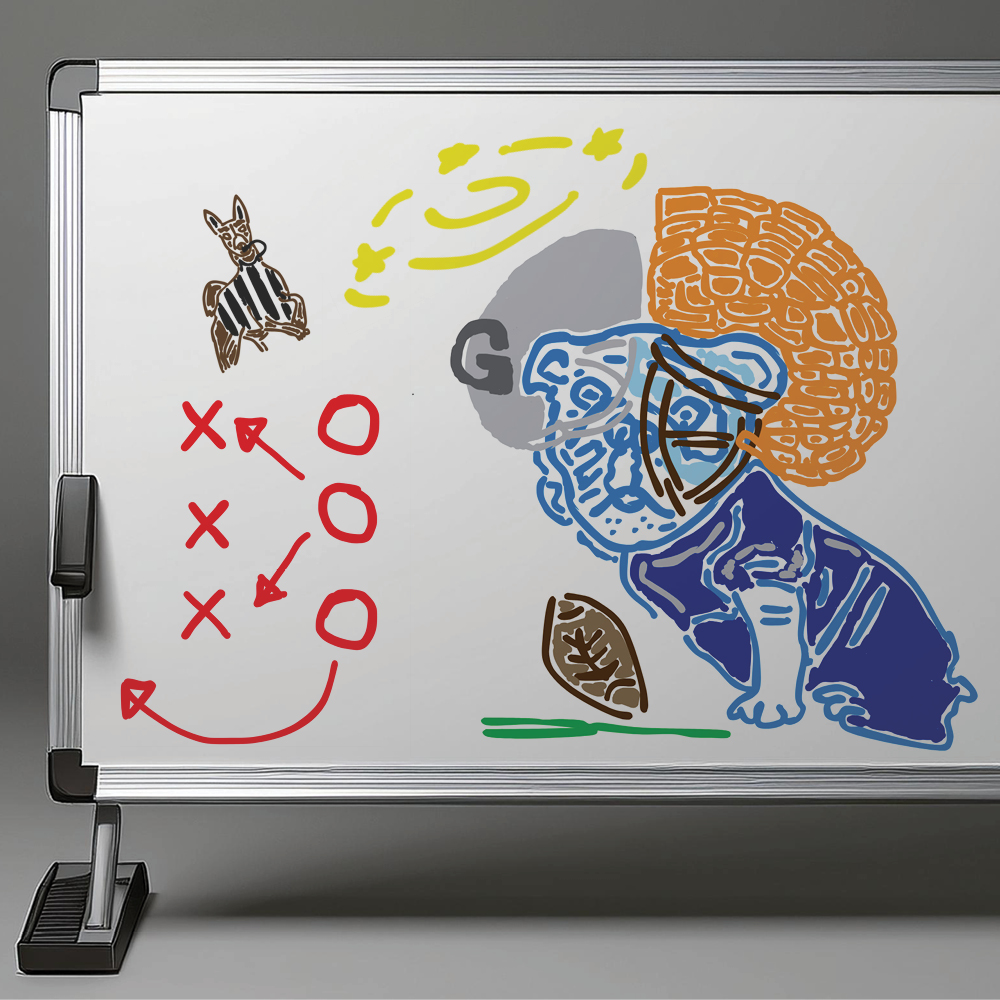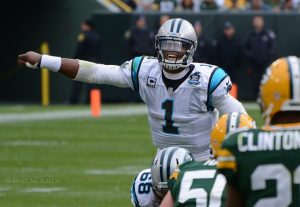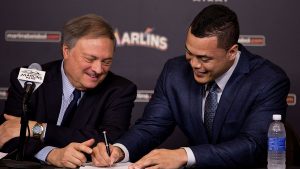There’s a reason we did not play football growing up. Despite our deep love for the sport—the late nights spent watching games, the emptiness we feel from February to July between seasons—we’d never let our kids play. It’s bad for the brain.
The frequency of hits to the head in football puts former players at risk of developing Chronic Traumatic Encephalopathy (CTE), a brain condition that could lead to dementia or premature death, later in life.
However, a sport deeply tied to national and regional identity will not disappear overnight. So, leagues are now searching for ways to make an inherently violent sport safer.
In recent years, one proposed solution has been the Guardian Cap, a mesh of padding that goes over the outside of the helmet.
While it may seem like the Guardian Cap should be a universally lauded product, its efficacy is highly debated. If you ask Guardian Sports themselves, they would say their “cap” reduces impact force on contact by 33%. Ask the NFL and they’ll say it’s between 10% and 20%. Ask Stanford scientists and they’ll say the reduction in force is negligible. Although the sports world has yet to reach a consensus, given the product’s novelty and the variation in testing processes, we are constantly learning more and more about Guardian Caps and their potential.
Below, we discuss whether the rollout of Guardian Caps is the answer the NFL (and other leagues) have been looking for regarding player head safety.
Pro (Bradshaw Cate):
Regardless of whether the Guardian Cap works, the equipment symbolizes a continued push from the NFL to reform a gladiator sport into something that does not wreck its players down the road. Since 2012, the NFL added independent, certified athletic trainers to watch for potential concussions or hard head hits from a bird’s-eye view, alerting on-field referees who may have missed the play. And, after Miami Dolphins quarterback Tua Tagovailoa was cleared to re-enter play after a concussion in 2022, the league amended its concussion protocol to prevent more players from playing while injured. These critical changes have already resulted in meaningful shifts in the way football is played at various levels across the United States.
While an NFL-style concussion protocol is not uniform across colleges, similar protocols are generally in place across most schools. Moreover, the NCAA and the National Federation of State High School Associations have also allowed the use of Guardian Caps during practice, and may adopt them into games soon.
For the NFL to best use its influence, however, the league should use players as safety advocates, whether by wearing Guardian Caps, making videos on the NFL’s social media, or returning to players’ alma maters to speak on ways to improve safety. Players like Indianapolis Colts tight end Kylen Granson have already begun to use their influence to advocate for more safety in the sport. Recently, Granson posted a TikTok video saying that he wants to make the Guardian Cap seem cool so younger players adopt the little things that go a long way in protecting their health.
Guardian Caps have built momentum for player safety, and therefore, I think the NFL’s introduction of them is a right step forward.
Con (Ben Jakabcsin):
Similar to my compatriot, I will put off questions about whether the Guardian Cap works. While it may seem odd, I can promise that it’s not all that important to the following.
It may seem counterintuitive to argue against the current Guardian Caps rollout when the NFL says concussions are down 50%. But even taking those numbers at face value, reducing concussions shouldn’t be the NFL’s primary focus. The real priority must be long-term health risks like CTE.
Just because the NFL only chooses to acknowledge the events it defines as concussive, that doesn’t mean that non-concussive events don’t matter just as much in the grand scheme for players’ health. When it comes to brain injuries, it’s not all-or-nothing; every hit matters.
Concussions and the development of CTE are not as causally linked as most people believe. In fact, according to a 2018 study led by Boston University, as many as 20% of people who have been diagnosed with CTE have never been formally diagnosed with a concussion. While it is possible that many of those people have experienced undiagnosed concussions in their lifetime, at the end of the day CTE isn’t caused by singular instances of injury; it is caused by repeated impacts to the head, whether that be concussions or non-concussive events.
Consider a player like Cleveland Browns linebacker Jeremiah Owusu-Koramoah who said in his post-game interview after week two that he wore the cap in order to “feel nothing.” If players could ultimately feel inclined to play the game more recklessly because of a misinterpretation of the equipment’s designed use, then has the football field truly become a safer place?
Safer equipment, therefore, may not be the panacea to address the inherent danger of football. Instead, coaches and leagues need to adjust how players are taught to initiate contact.
It certainly wouldn’t hurt to follow the lead of the NFL’s amateur counterpart, college football, and institute ejections for targeting. Moreover, the league could also work with the NFL Players Association to increase the penalties and fines for targeting. If you want teams and players to take head safety more seriously, tie it to what matters most to them: their records and their wallets.
Is there a place for something like the Guardian Cap in professional football? Absolutely. Having safer equipment is an important part of making the game safer. At the same time, the NFL needs to make sure that its agendas are set in a way that addresses the root of its problem. Guardian Caps can be part of a solution to the NFL’s head trauma issue, but it is wildly unrealistic to suggest that they can be the solution, or even the main part of one.





